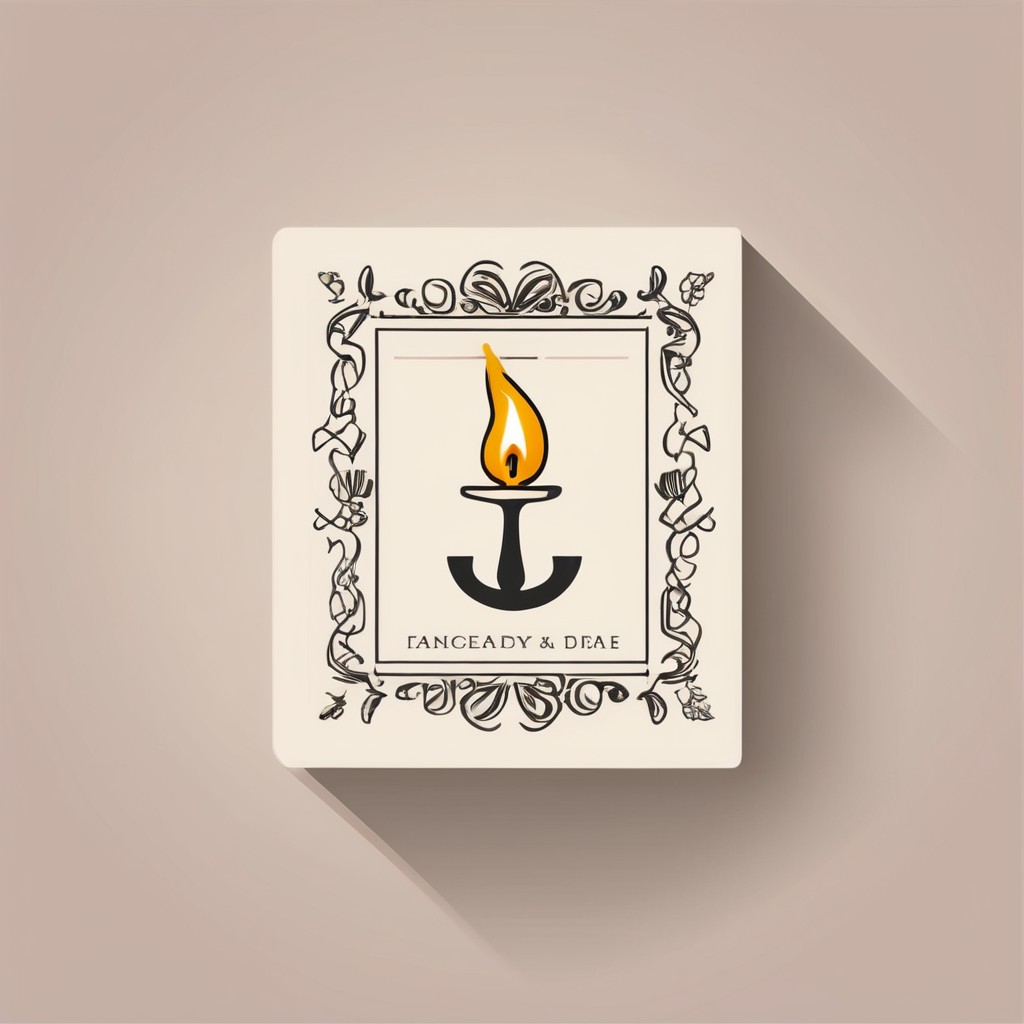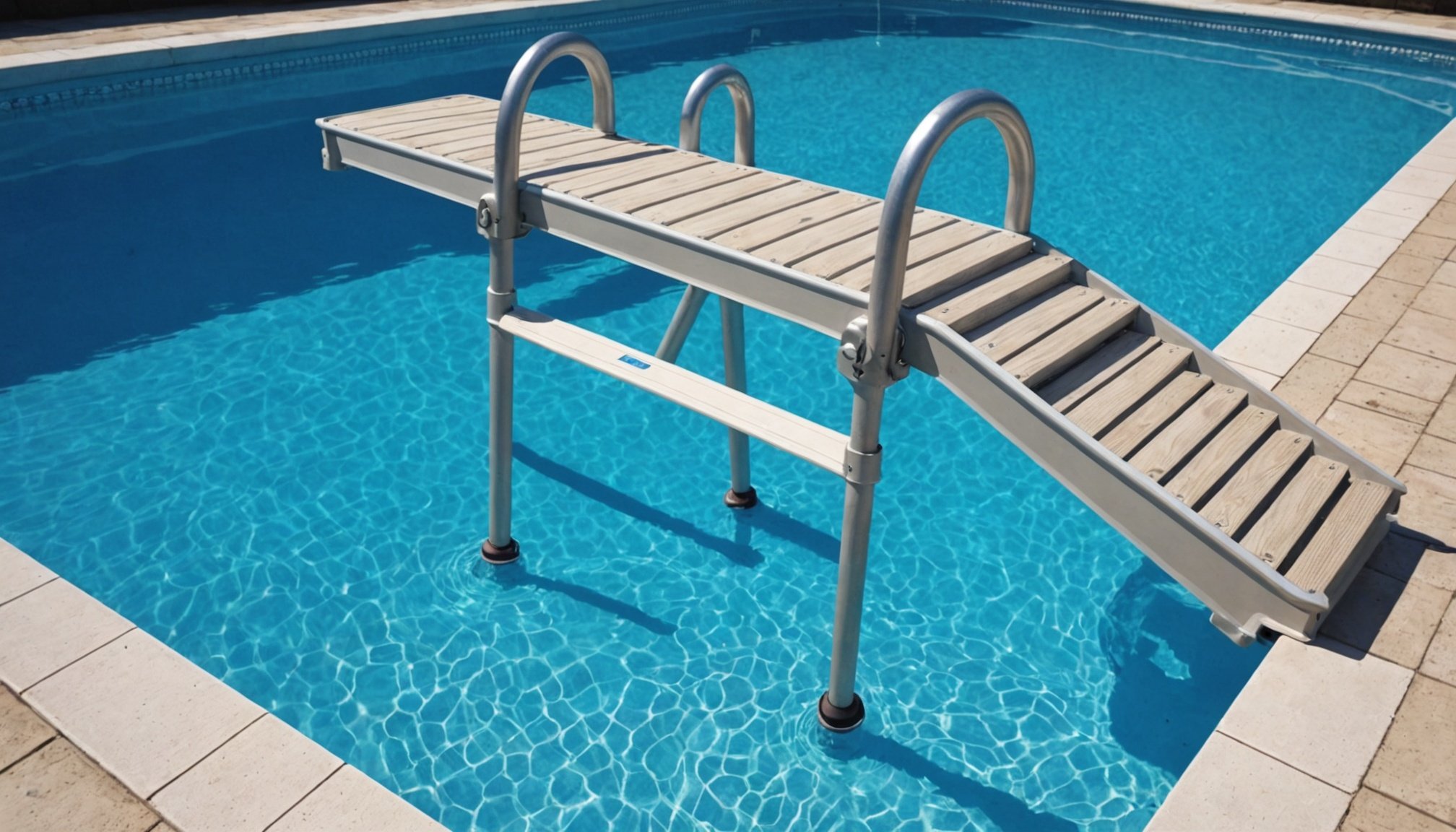Overview of Essential Materials for Pool Ladders
In the pursuit of safe pool ladders, selecting the right materials is crucial not only for safety but also for the longevity of the ladder itself. Each type of material lends its own set of characteristics that can fundamentally influence the functionality and durability of pool ladders.
Common Materials in Pool Ladder Construction
Essential materials commonly used in the construction of pool ladders include metals, woods, and plastics. Corrosion-resistant metals, such as stainless steel and aluminum, offer robust solutions, preventing degradation over time when exposed to water. Durable woods, like teak and cedar, provide an appealing aesthetic but require treatments to withstand the pool environment. Moreover, high-quality plastics bring the benefits of being lightweight and resistant to UV damage, extending the life of the ladder by withstanding prolonged sun exposure.
This might interest you : Mastering the art of choosing the most affordable pool cleaning service in the uk: your complete guide
Material Selection in the UK Context
In the UK, the selection of durable materials is influenced by specific conditions, including weather and local accessibility. Pool owners often consider materials that can endure wet and humid conditions without significant decay. By adhering to these considerations, UK pool ladder installations can achieve both resilience and safety, minimizing the risk of accidents and wear over time.
Corrosion-Resistant Metals
When it comes to pool ladder construction, choosing the right materials is paramount. Stainless steel and aluminum are popular choices due to their corrosion-resistant properties. Stainless steel offers exceptional durability and is resistant to rust, making it ideal for constant exposure to water. Its strength allows it to bear substantial weight, which is crucial for safety.
Also read : Ultimate guide to choosing the best materials for a long-lasting pool deck in the uk
Aluminum, while slightly less robust than stainless steel, is much lighter and also resists corrosion due to its natural oxide layer. This balance of strength and weight makes it a practical choice for pool ladder frames where ease of installation is a priority.
The finish and coating of these metals further enhance their performance. For instance, powder coatings add an extra layer of protection against the elements. Electroplated finishes not only increase aesthetic appeal but also amplify rust resistance.
When considering metal finishes and coatings, it is vital to assess the strength and weight-bearing capacity specific to your needs. In summary, utilizing corrosion-resistant metals like stainless steel and aluminum ensures longevity and safety in your pool ladder, while allowing for customizable finishes to suit particular environments and user preferences.
Safe and Durable Woods
Durable woods like teak and cedar provide an excellent foundation for safe pool ladders, owing to their natural resistance to moisture and decay. These species are often used due to their ability to withstand harsh pool environments. However, treated wood significantly enhances longevity. Pressure treatment, for example, infuses preservatives deep into the wood, safeguarding against rot and insect damage, which are common concerns in moist conditions.
When considering wood for pool ladders, the pressure treatment process is crucial. It involves saturating the wood with chemical preservatives that extend its life, making it a practical choice for poolside use. Always choose wood that has been correctly treated to ensure optimal durability and safety.
Regular maintenance tips can further prevent wood deterioration. Applying a waterproof sealant annually, ensuring proper drying, and avoiding direct ground contact can substantially prolong the life of wooden pool ladders. Additionally, conducting periodic checks for splinters or cracks is advised, as these can compromise safety. By implementing these strategies, you assure the ladder’s functionality and aesthetics. Proper care ensures your pool ladder maintains its integrity over time.
High-Quality Plastics
Plastic materials play a significant role in pool ladder design, offering unique benefits, notably for those seeking lightweight ladders with UV-resistant properties. One of the primary advantages of UV-resistant plastics is their ability to withstand prolonged sun exposure, which surpasses many alternatives that may degrade under intense UV radiation. This durability ensures a pool ladder’s longevity without succumbing to brittleness or discoloration.
Various types of plastics are employed for different components of pool ladders. For instance, reinforced polypropylene is favoured for steps due to its ability to handle the weight and provide slip resistance. Meanwhile, polycarbonate plastics find use in framing parts for their strength and transparency.
The choice of lightweight materials simplifies installation and handling, reducing installation time and labour costs. While some plastics can offer all these benefits, considering the balance between strength and weight is essential. Installation ease does not come at the expense of safety or durability. Selecting the right type of plastic ensures pool ladders meet these standards, making them a practical solution for both pool safety and convenience.
Safety Guidelines and Construction Techniques
Adhering to established safety guidelines and employing effective construction techniques is fundamental in ensuring the safety and durability of pool ladders. The UK’s regulations provide comprehensive directives that highlight the importance of using appropriate materials and maintaining the structural integrity of ladders. Such standards mandate that pool ladder safety encompasses both design and regular maintenance.
To construct a safe pool ladder, consider incorporating secure handrails and non-slip steps to prevent accidents. These features, while essential, should be complemented by robust construction practices, including ensuring all joints and connections are properly fastened and resistant to corrosion or deterioration.
Regular inspections play a crucial role in maintaining pool ladder safety standards. Conduct checks to identify any signs of wear, rust, or instability, allowing for timely repairs or replacements. Embedding these practices in routine maintenance schedules not only extends the life of the ladder but also provides peace of mind.
Understanding and implementing these construction techniques and safety measures ensure that pool ladders remain reliable and secure, safeguarding users. Proper adherence to guidelines coupled with meticulous maintenance supports optimal functionality and user protection throughout the ladder’s lifespan.
Local Suppliers and Resources
Navigating the pool ladder construction landscape in the UK requires precise selection from local suppliers renowned for their quality materials and extensive offerings. Choosing materials from established suppliers ensures access to essential materials that meet durable safety standards. By opting for these suppliers, individuals are assured of longevity and safety in their pool ladder projects.
Reputable providers often stock a wide range of materials, including stainless steel, treated wood, and UV-resistant plastics, facilitating diverse pool ladder designs. These providers offer unique insights into the material’s compatibility with the UK’s climatic conditions, promoting sustainable and safe pools.
Finding cost-effective solutions while not compromising on quality is possible by leveraging relationships with local suppliers who can offer competitive pricing for bulk orders or seasonal discounts. They also aid in reducing logistics costs by shortening delivery times, ensuring timely project completion.
For those seeking additional information, industry-specific resources and catalogues provide guidance on material sourcing and understanding current safety guidelines. Access to these resources supports informed decisions, fostering innovative ladder designs tailored to specific environments while adhering to construction safety norms.





